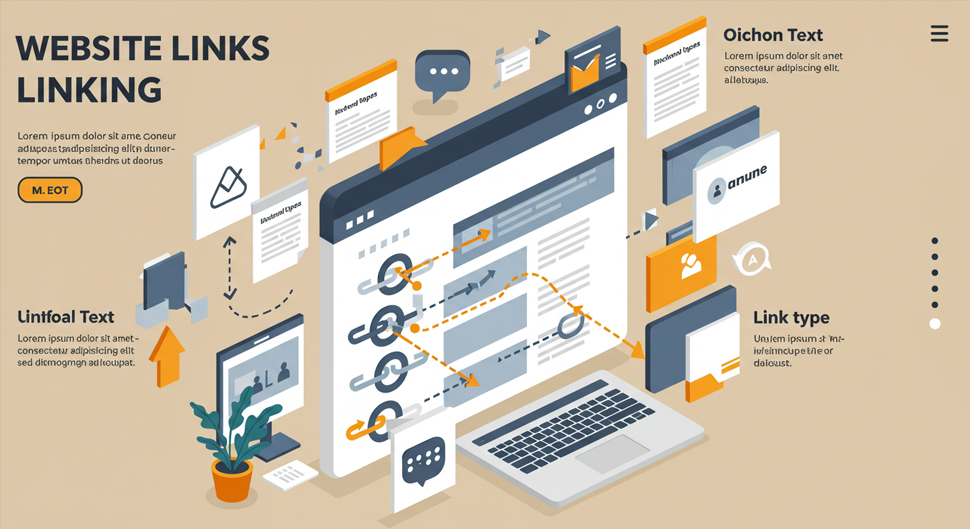Trading Links
Search Engine Optimization Nov 06, 2005

The Importance of Trading Website Links for SEO and Information
Trading website links play a crucial role in both search engine optimization (SEO) and providing users in the financial sector with valuable information. These links connect users to trading platforms, educational resources, and industry news, while also supporting a website’s visibility and authority in search engine results.
SEO Benefits of Trading Website Links
-
Backlinks and Authority: High-quality backlinks from reputable trading websites signal to search engines that your site is a trusted resource. This can significantly improve your site’s ranking and visibility in search results.
-
Internal Linking: Strategically linking between pages within your trading website helps search engines understand the structure and relevance of your content. It also guides users to related information, increasing engagement and the time they spend on your site.
-
External Linking: Outbound links to authoritative trading resources can enhance your site’s credibility and provide additional value to visitors. Search engines view these as reputation references, which can positively impact your search engine optimization (SEO).
Informational Value for Users
-
Resource Discovery: Well-placed trading website links help users discover new platforms, tools, and educational material relevant to their trading interests.
-
Enhanced Navigation: Internal links make it easier for visitors to find related articles, tutorials, or market analysis, improving the overall user experience1.
-
Trust and Transparency: Linking to reputable external sources builds trust with your audience by demonstrating transparency and a commitment to providing accurate information.
Best Practices for SEO-Friendly Trading Website Links
-
Use descriptive anchor text that includes relevant keywords without keyword stuffing.
-
Ensure links are “follow” where appropriate to pass SEO value, but use “nofollow” for sponsored or less trustworthy sources.
-
Regularly audit your links to avoid broken URLs and maintain a high-quality user experience.
-
Focus on building relationships with other reputable trading sites for mutually beneficial backlink opportunities.
Conclusion
Trading website links are crucial for enhancing SEO and providing valuable information to users. By leveraging both internal and external links, trading sites can enhance their authority, improve user navigation, and ultimately attract more targeted traffic from search engines
Comments (3)
Ian Hash ( )
06 Nov 2005 - 9:13 pmHello SirI did like your blog postings and comments. I have one question.Can any 1 harm our rankings in google or any search engine ?RegardsImran Hashmi
content1
07 Nov 2005 - 10:12 pmhello, your blog is interesting to read, I have a website about search engine placement consulting it should be helpful to you. thanks to share your blog.
Anonymous
11 Nov 2005 - 2:26 pmsent Straight to your Inbox for your Convenience, you wont have to Search the Internet day after day…
Comments are closed.